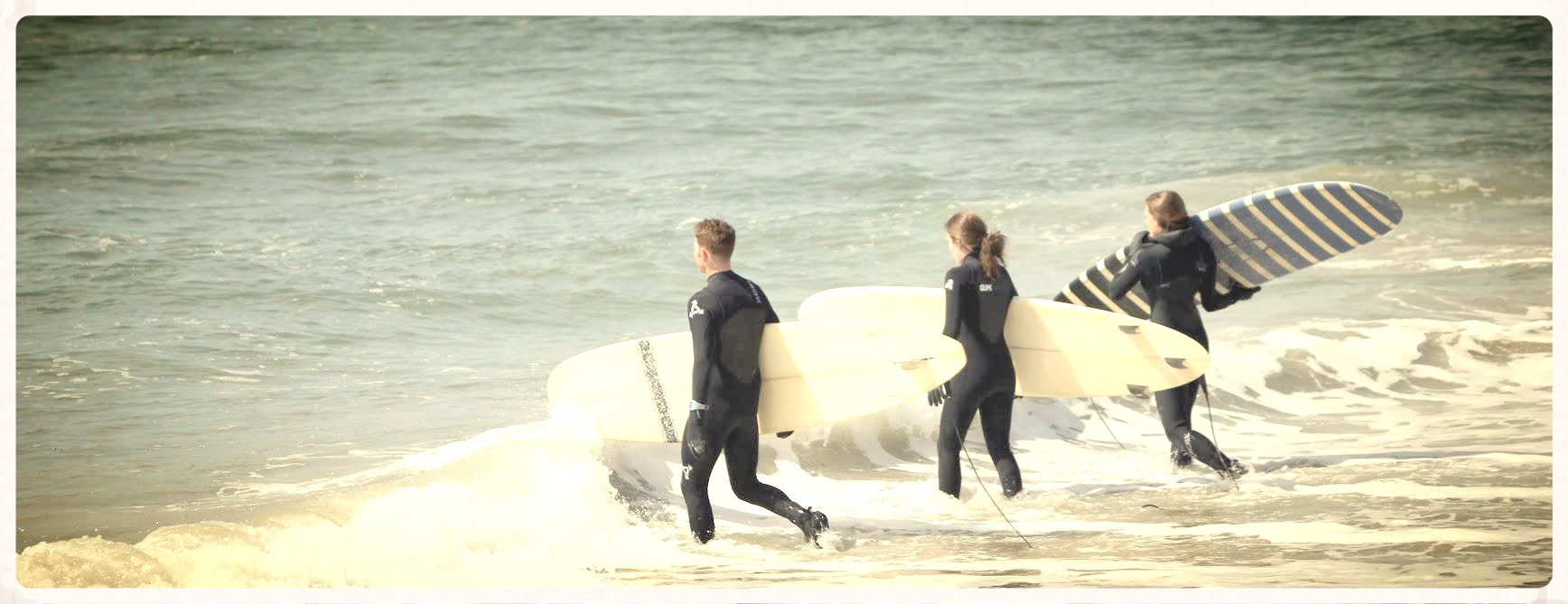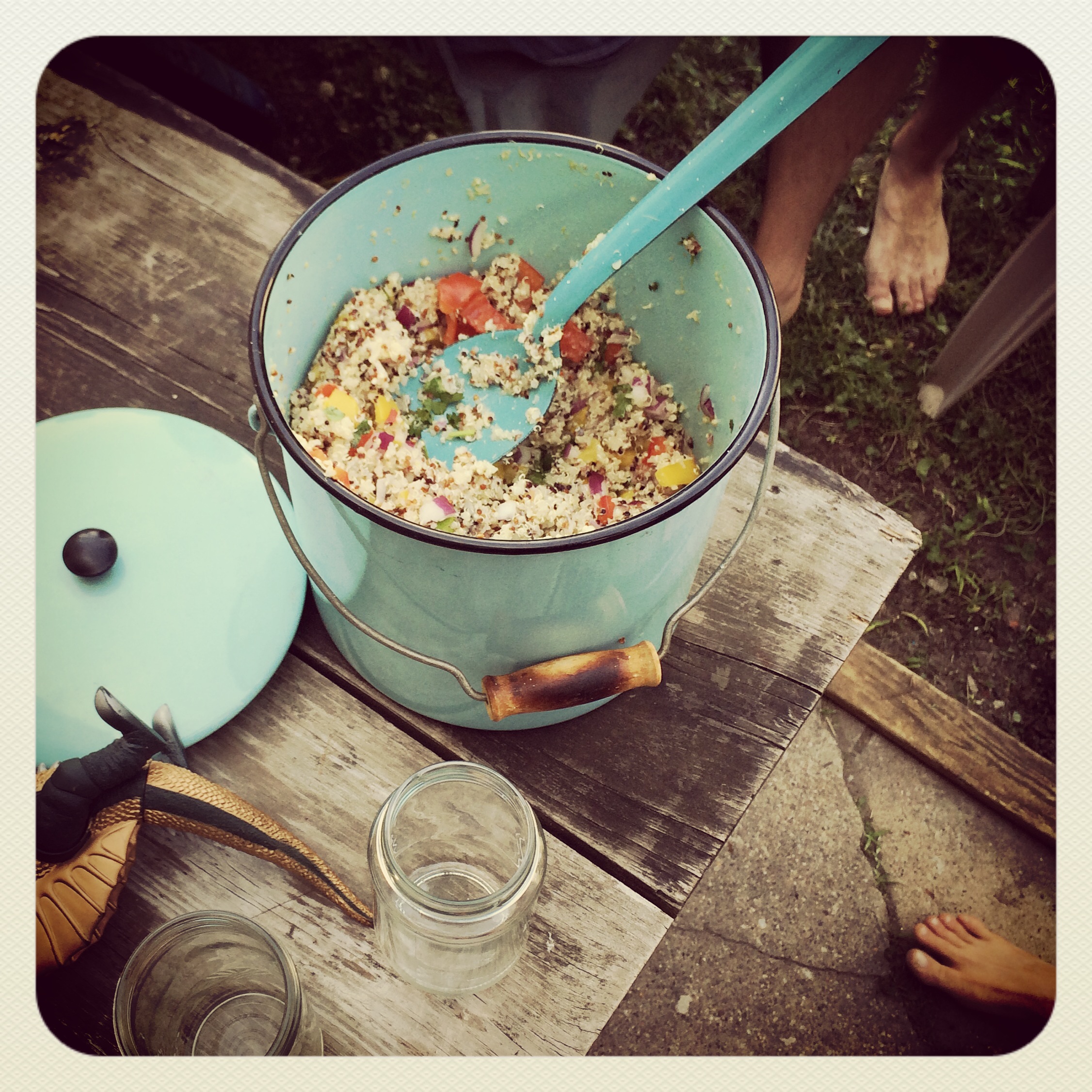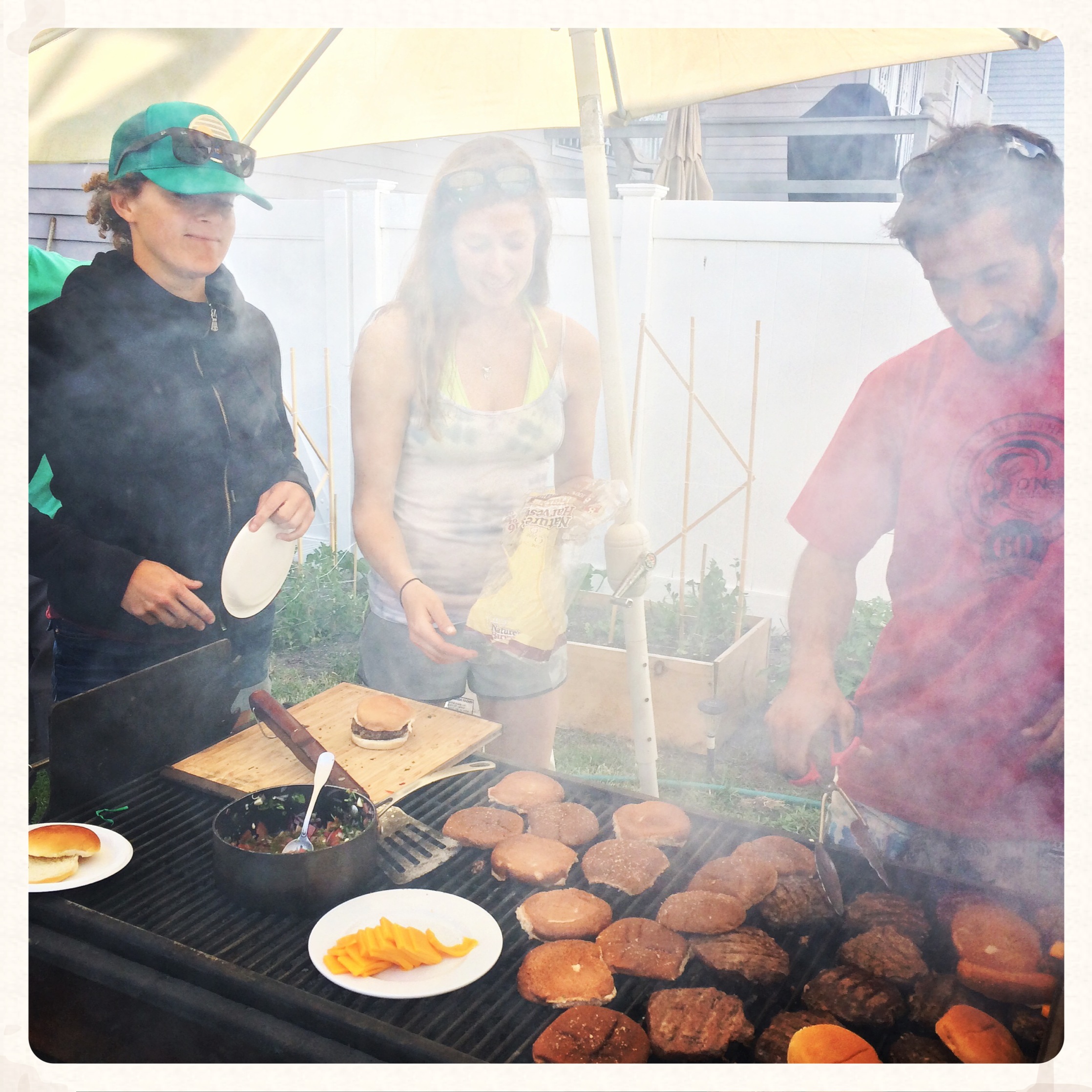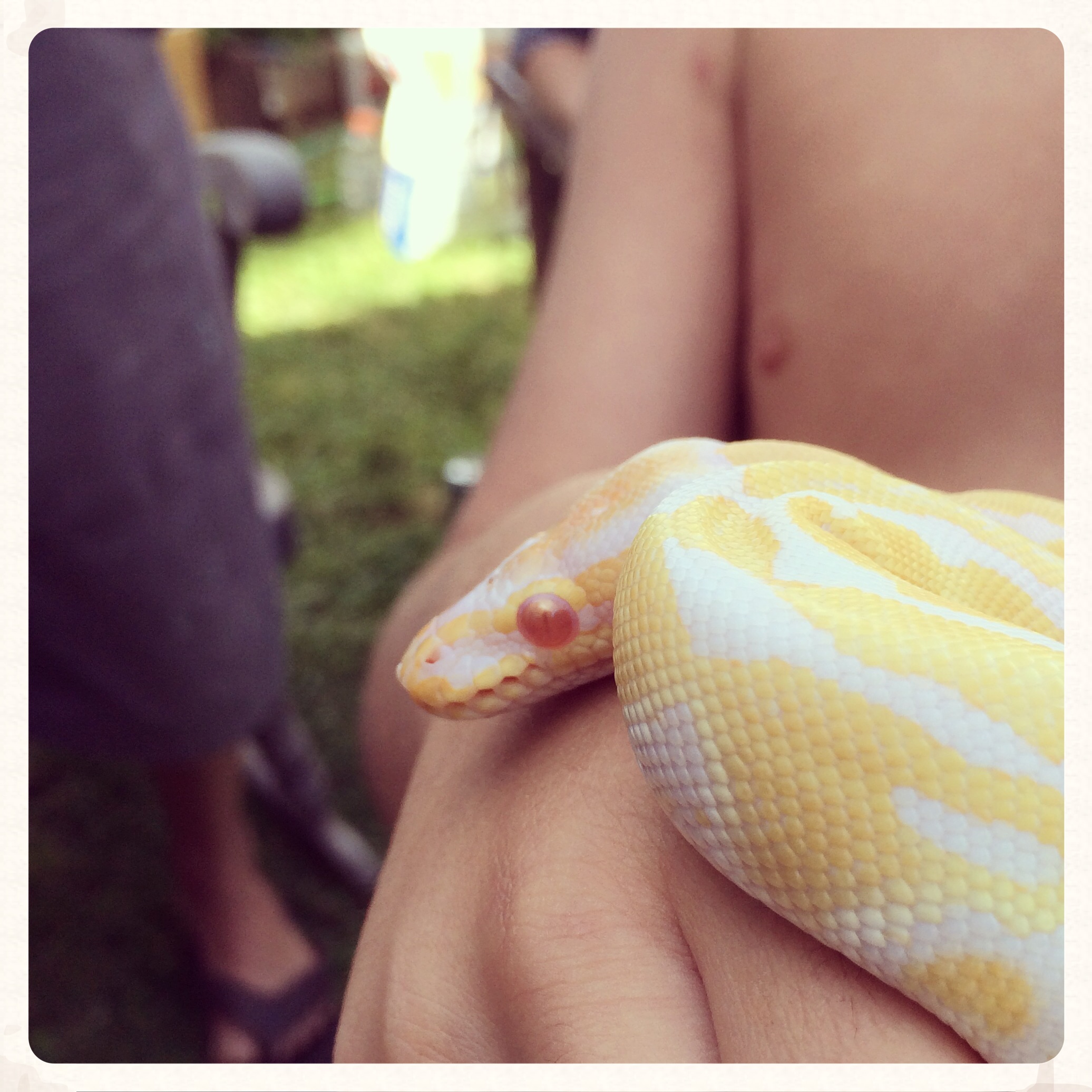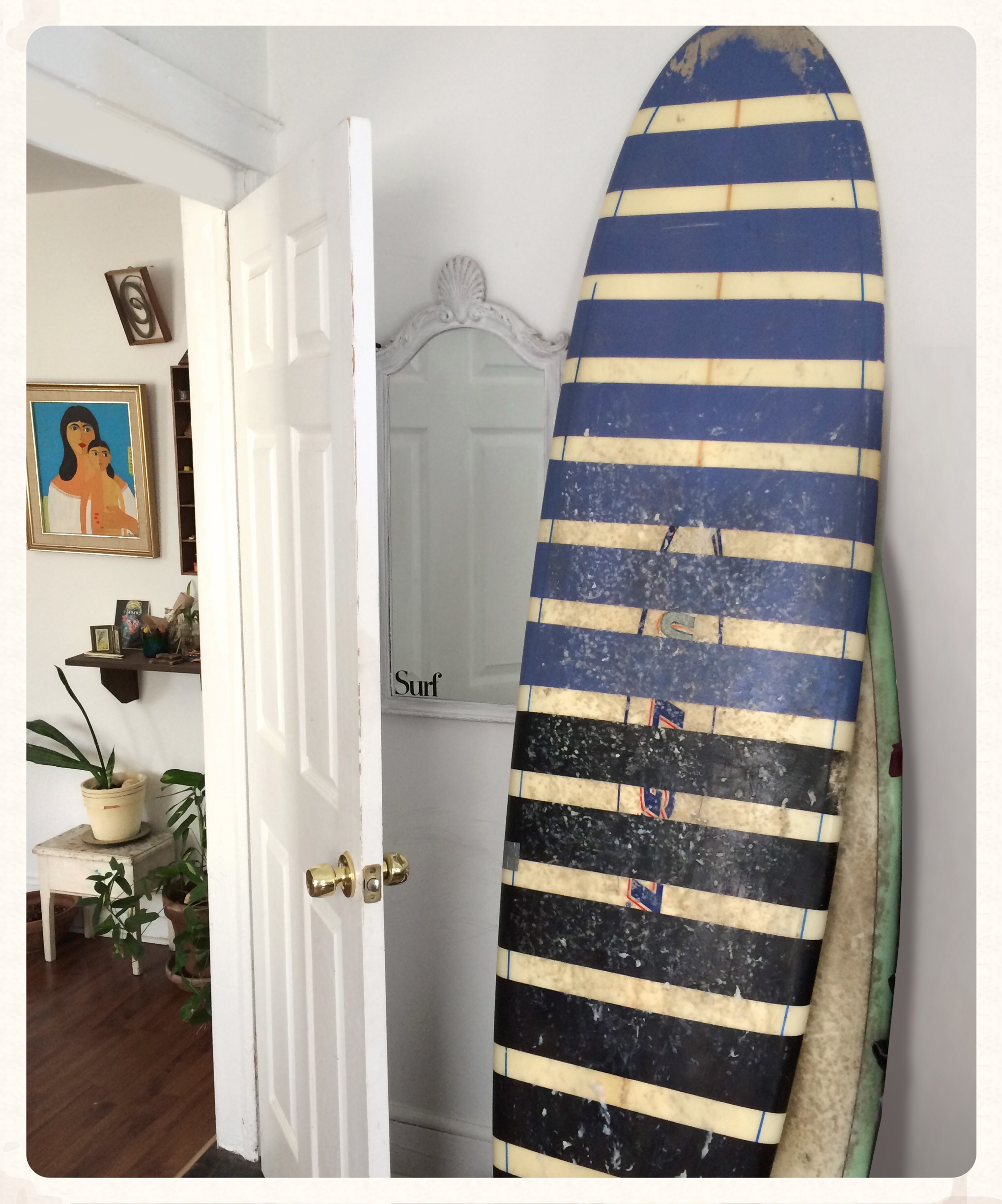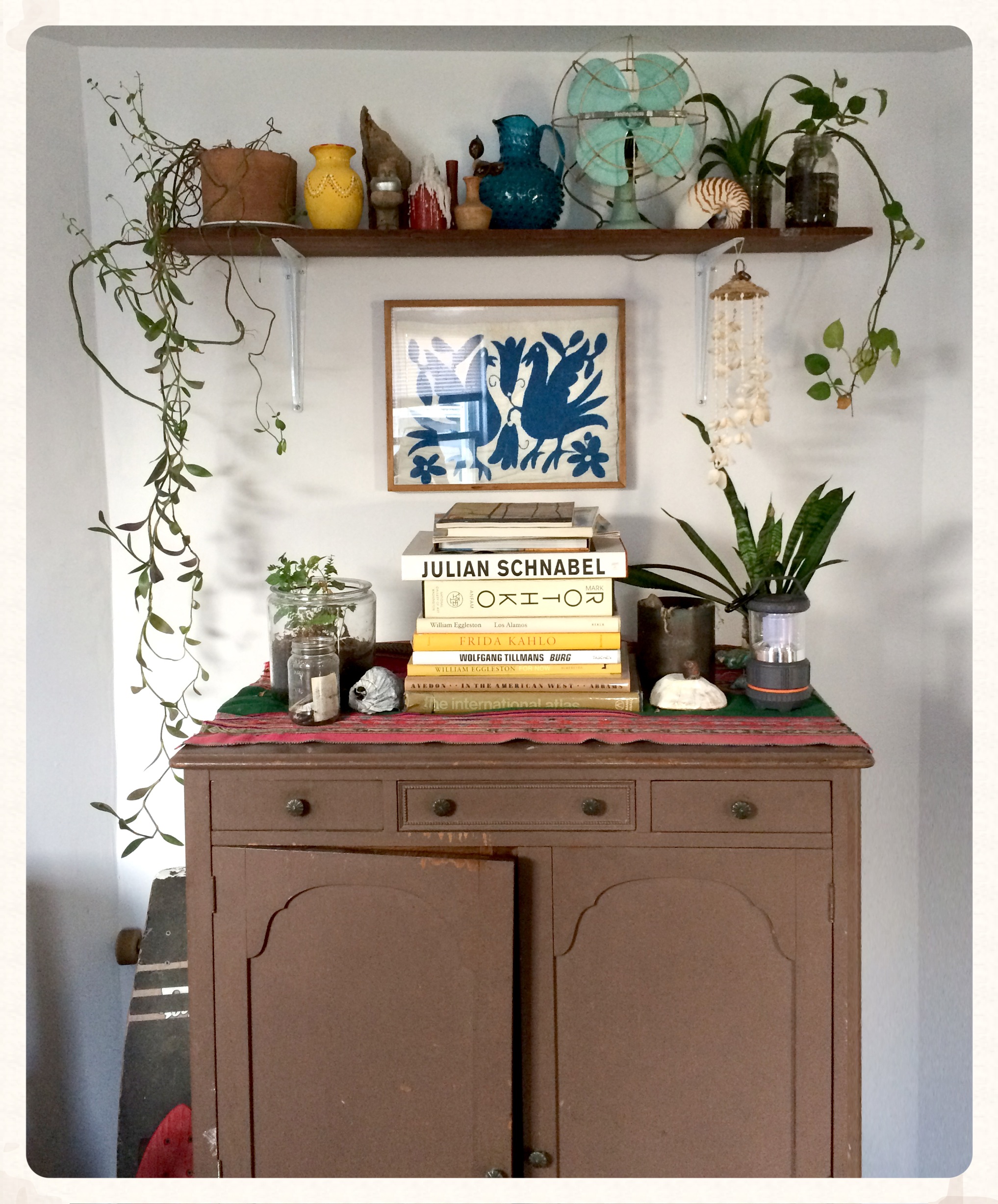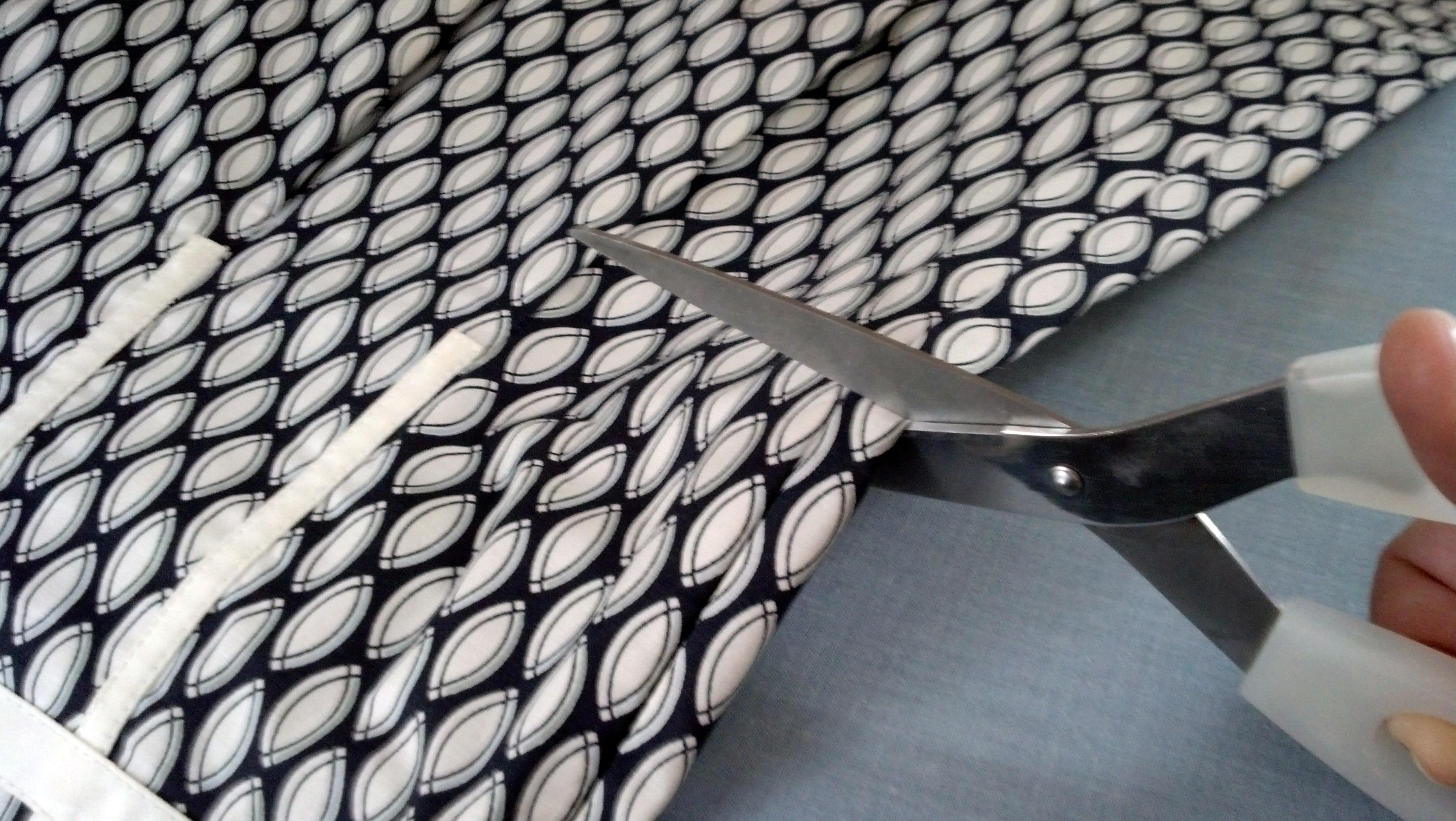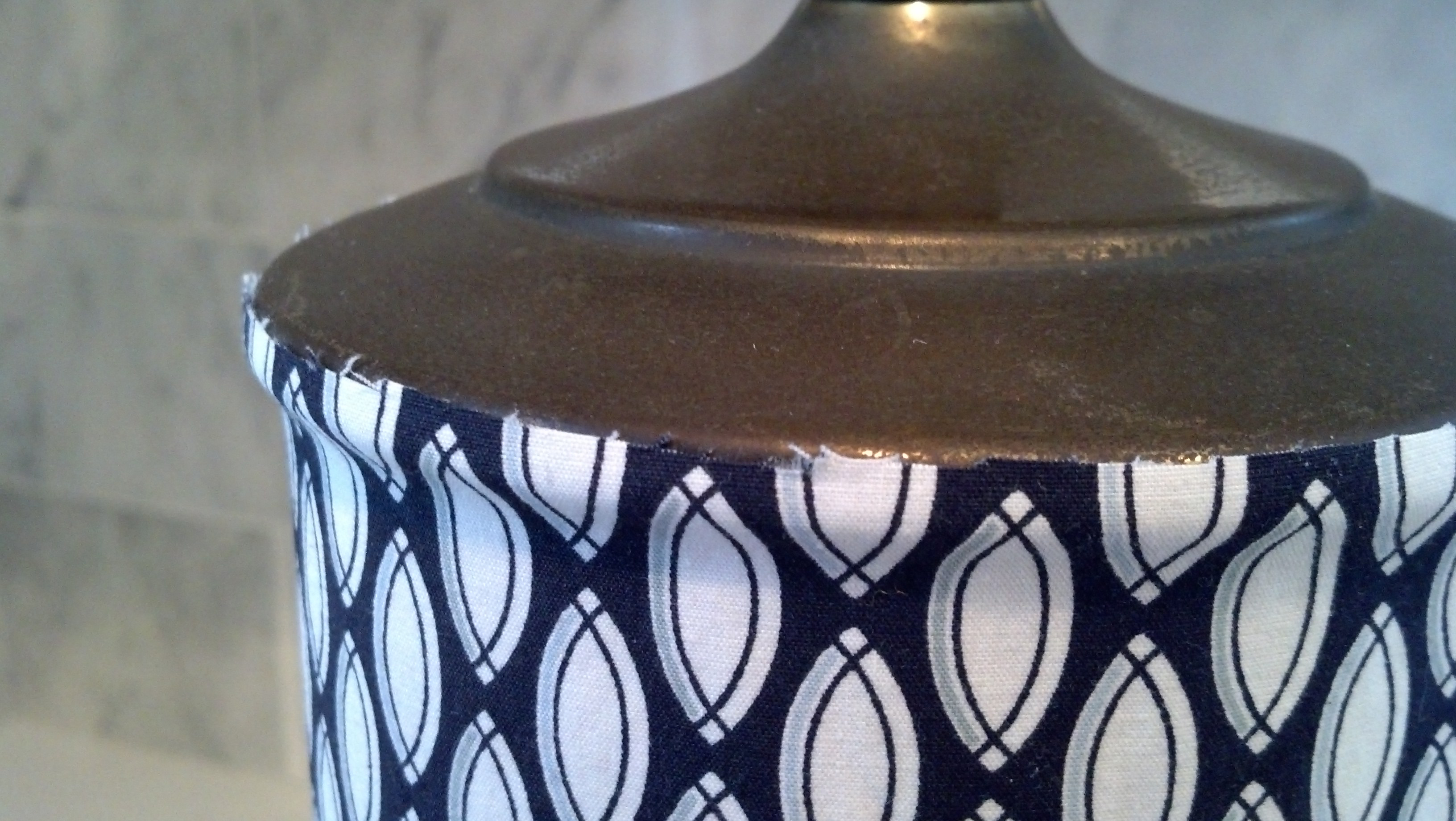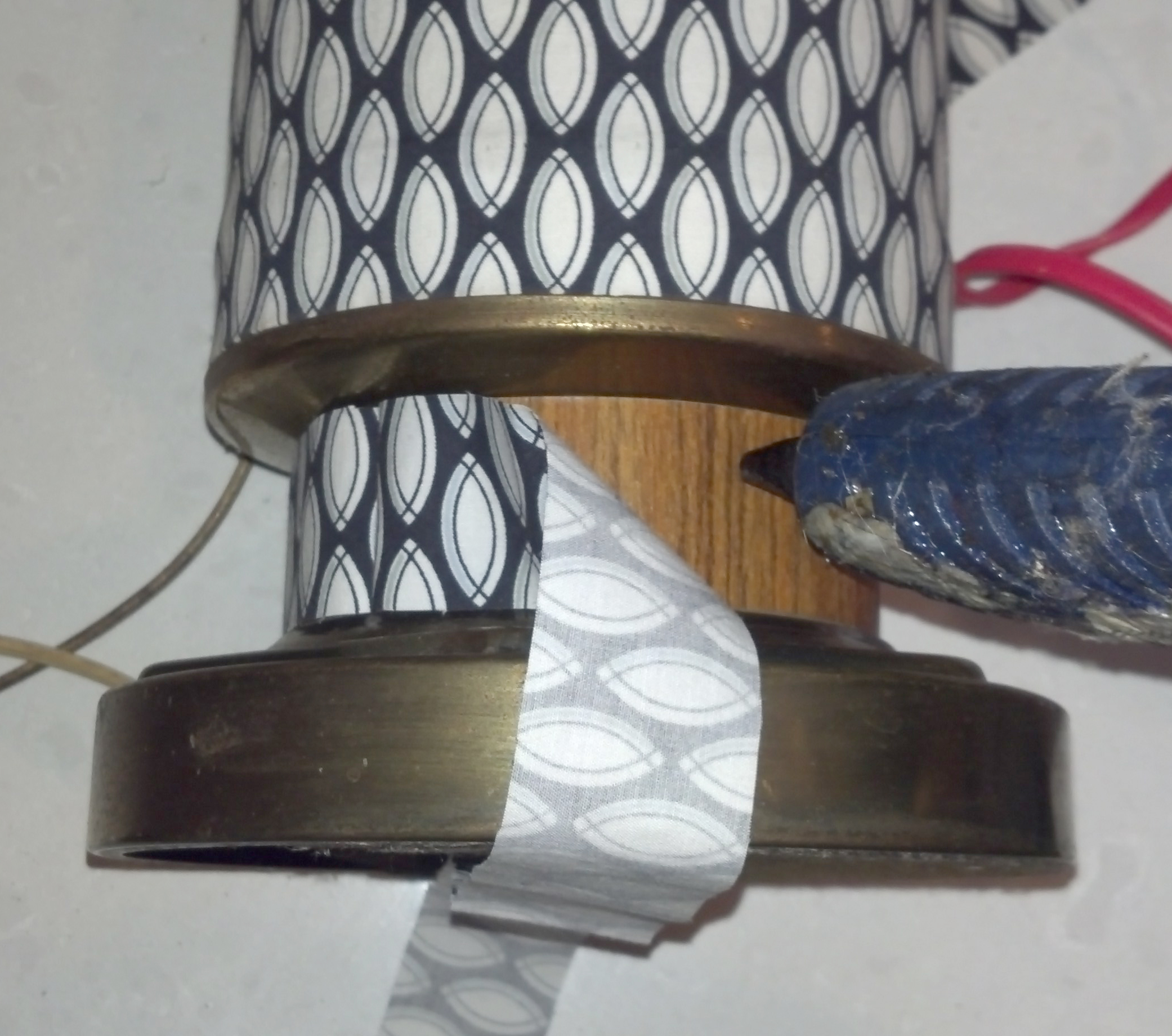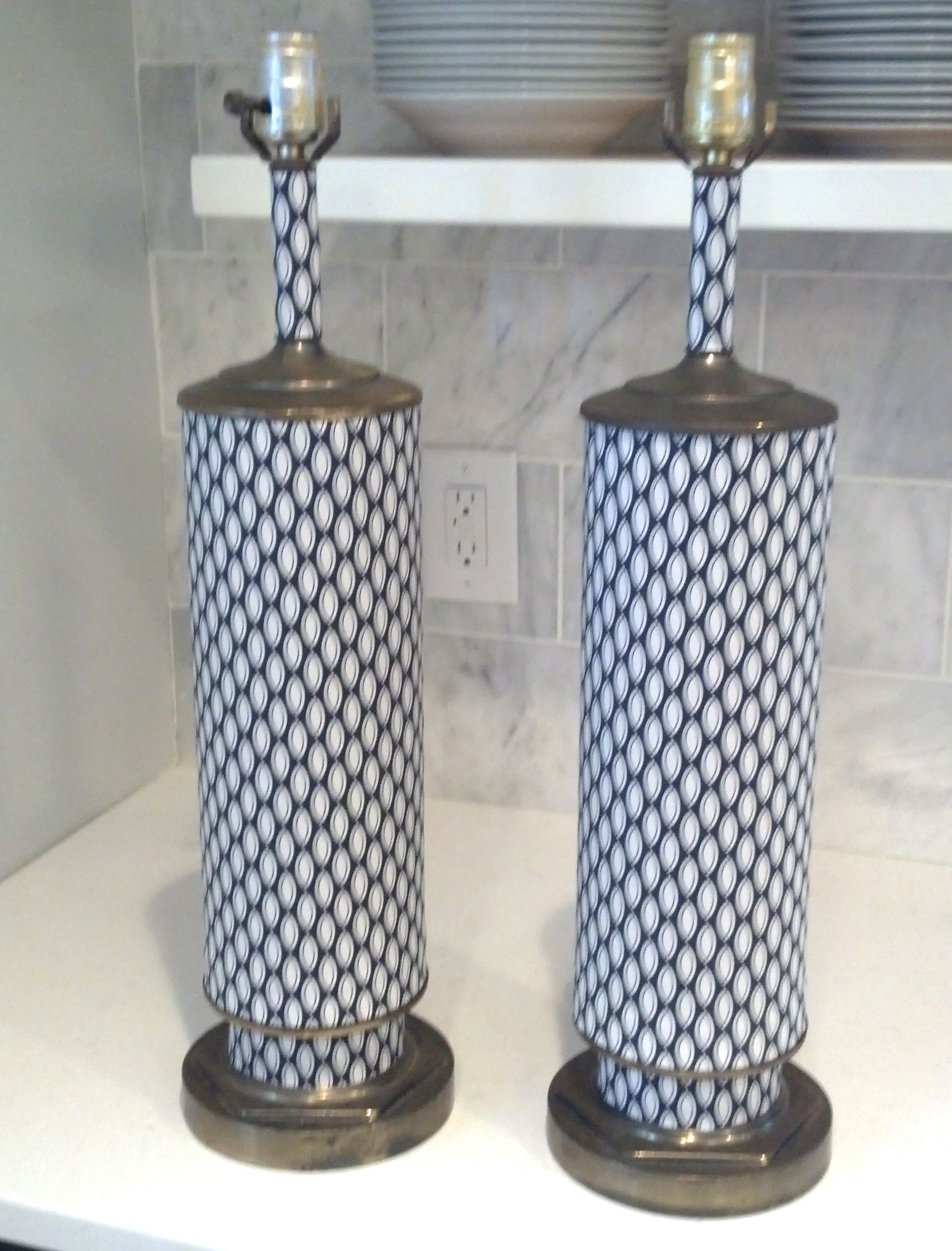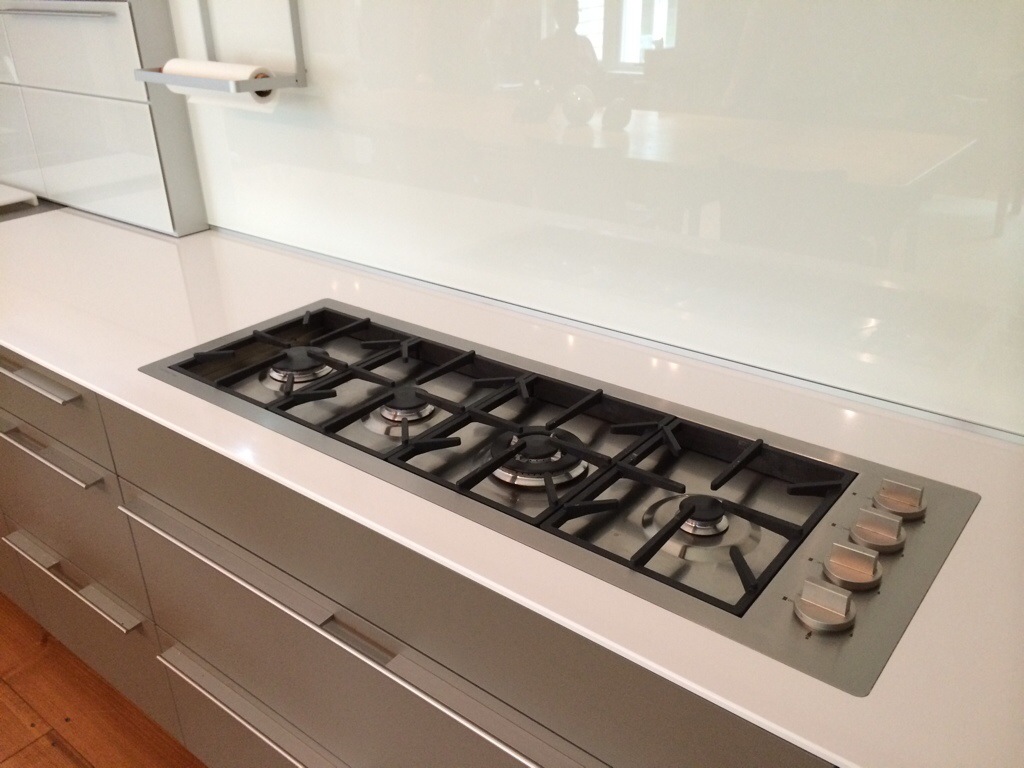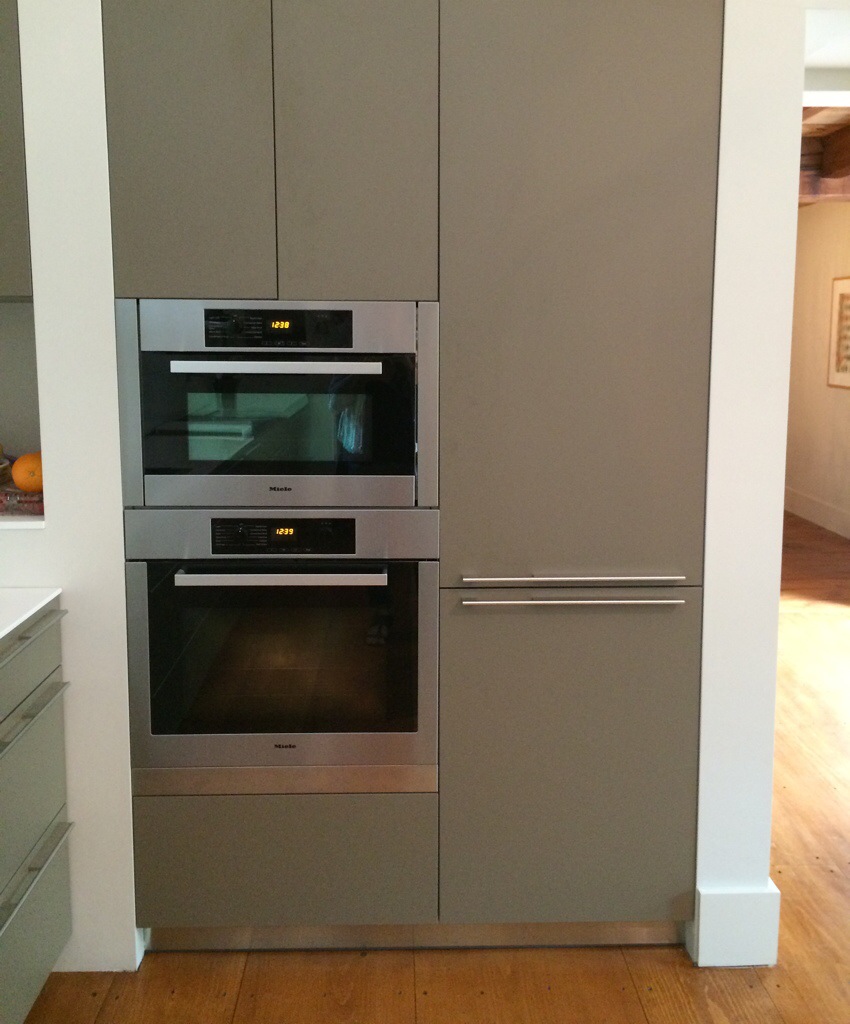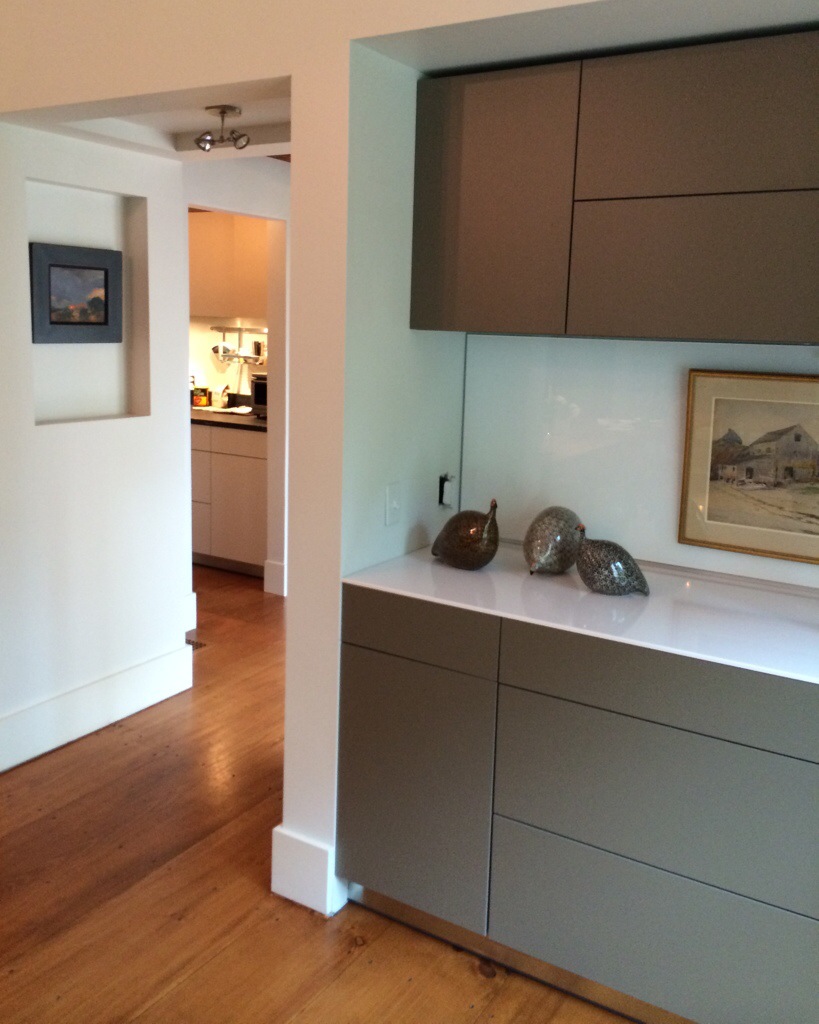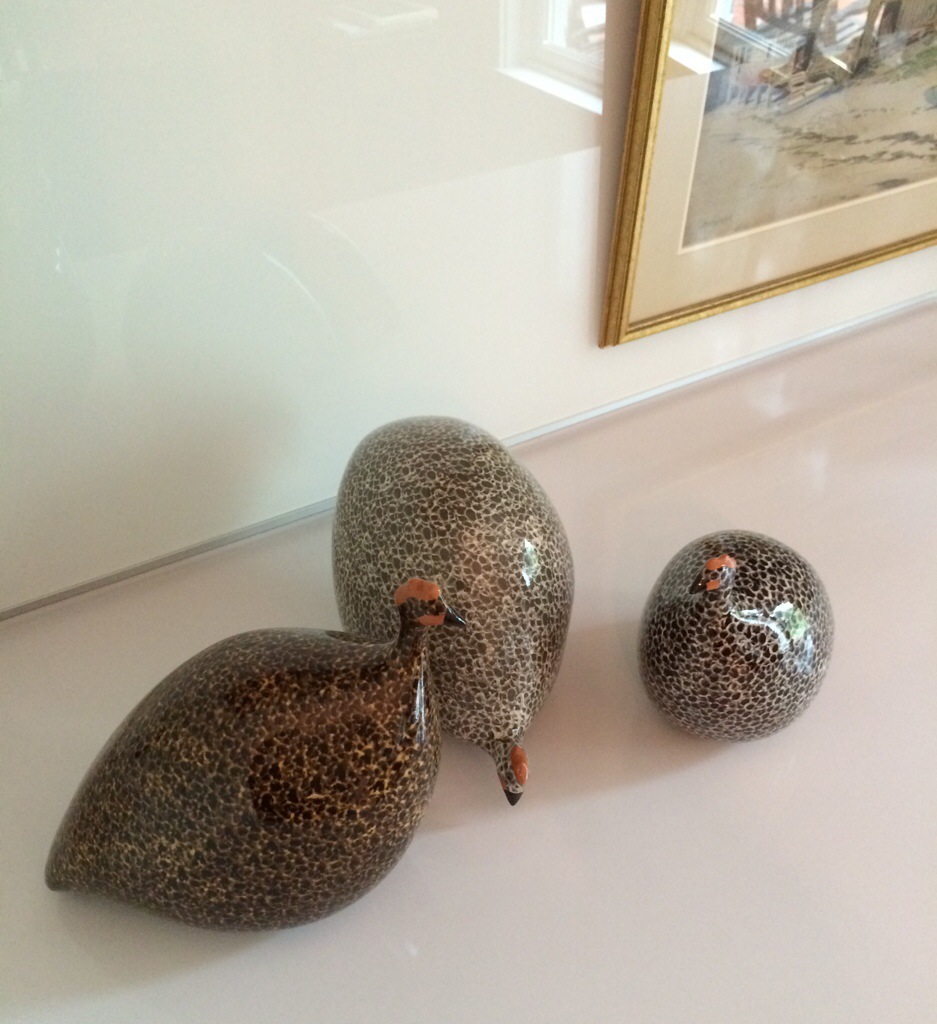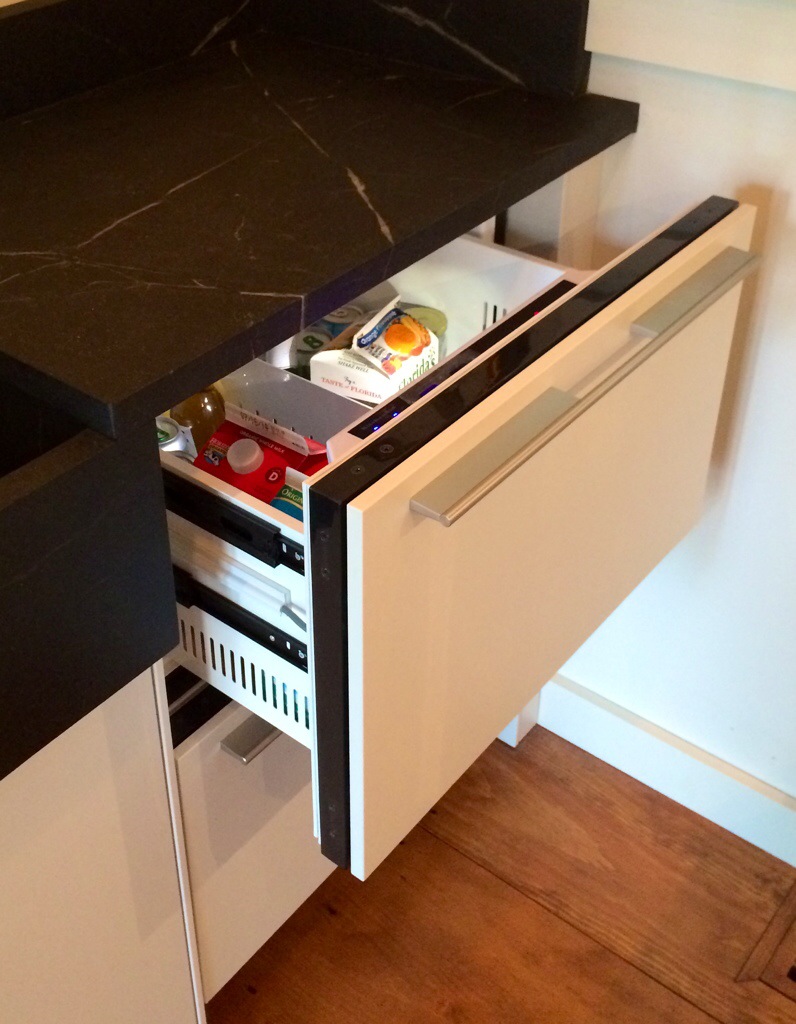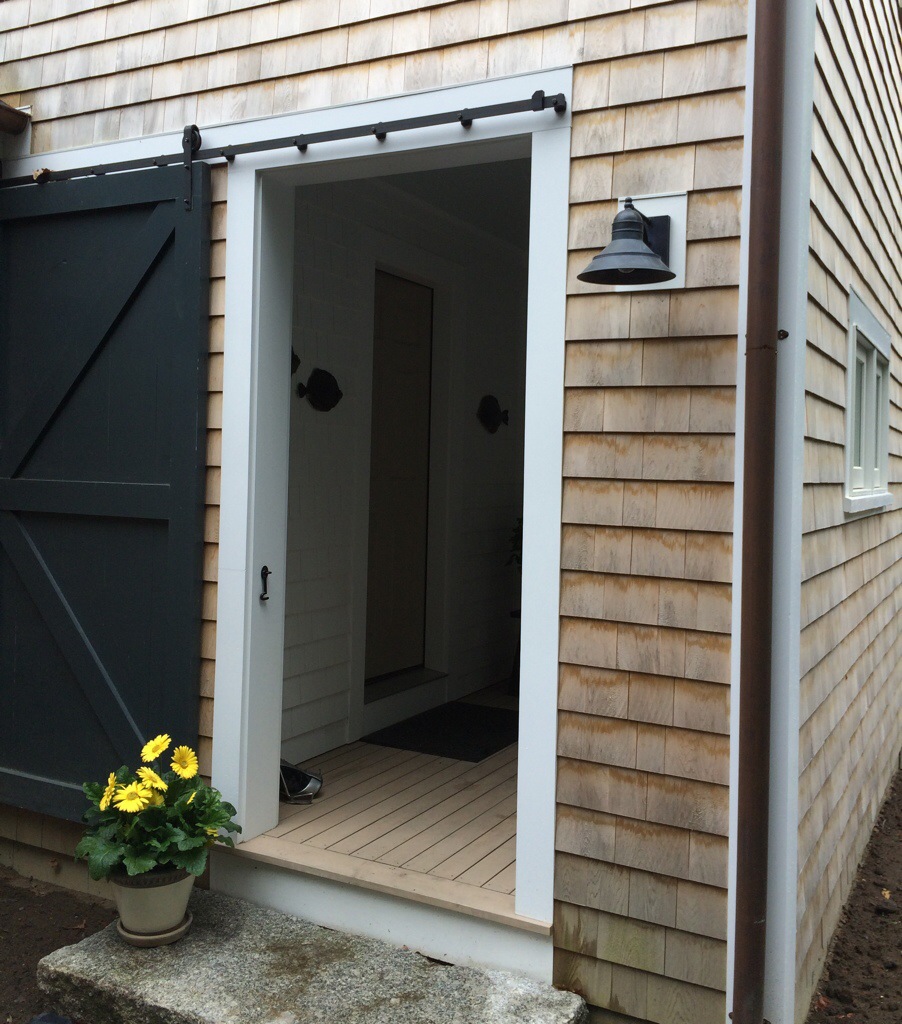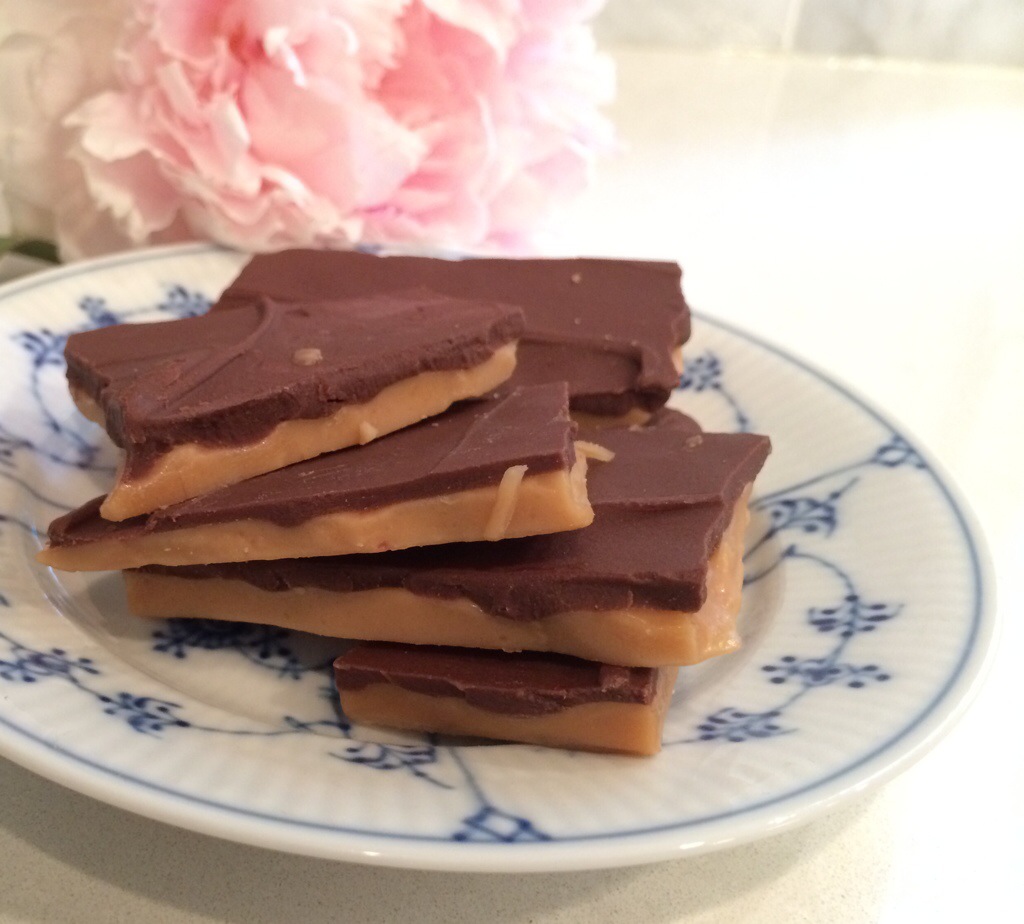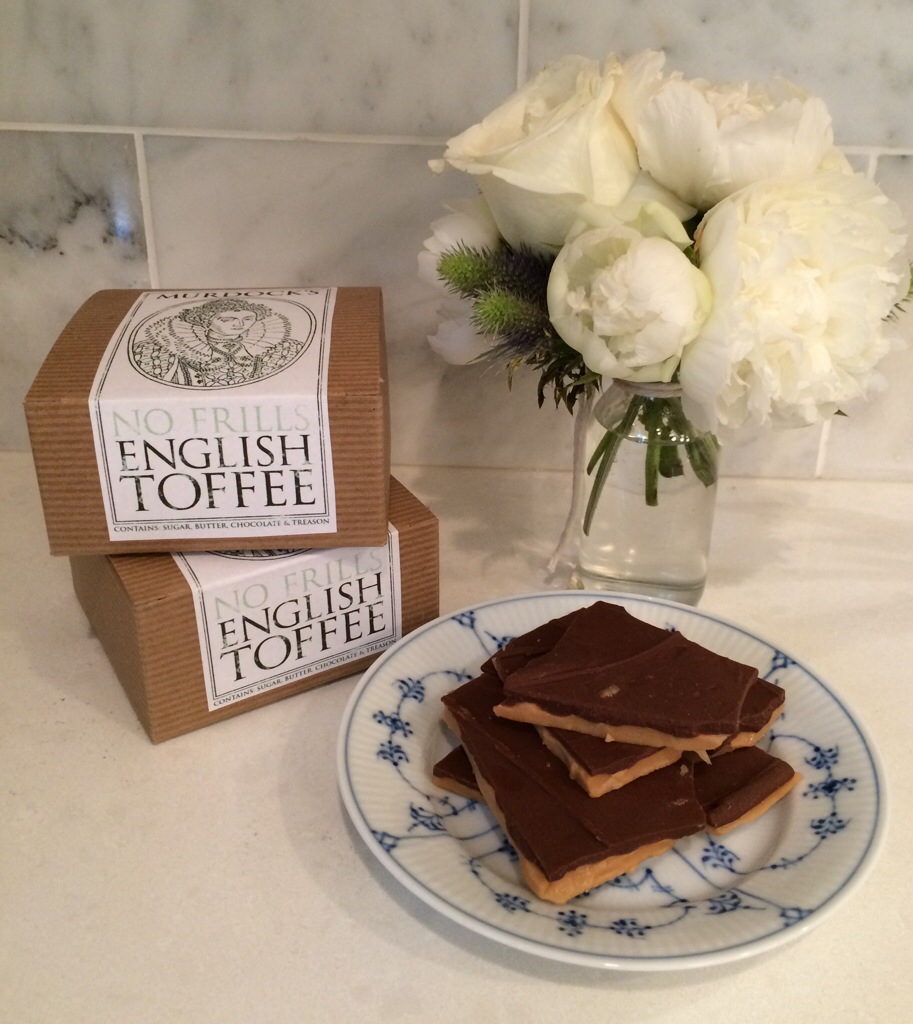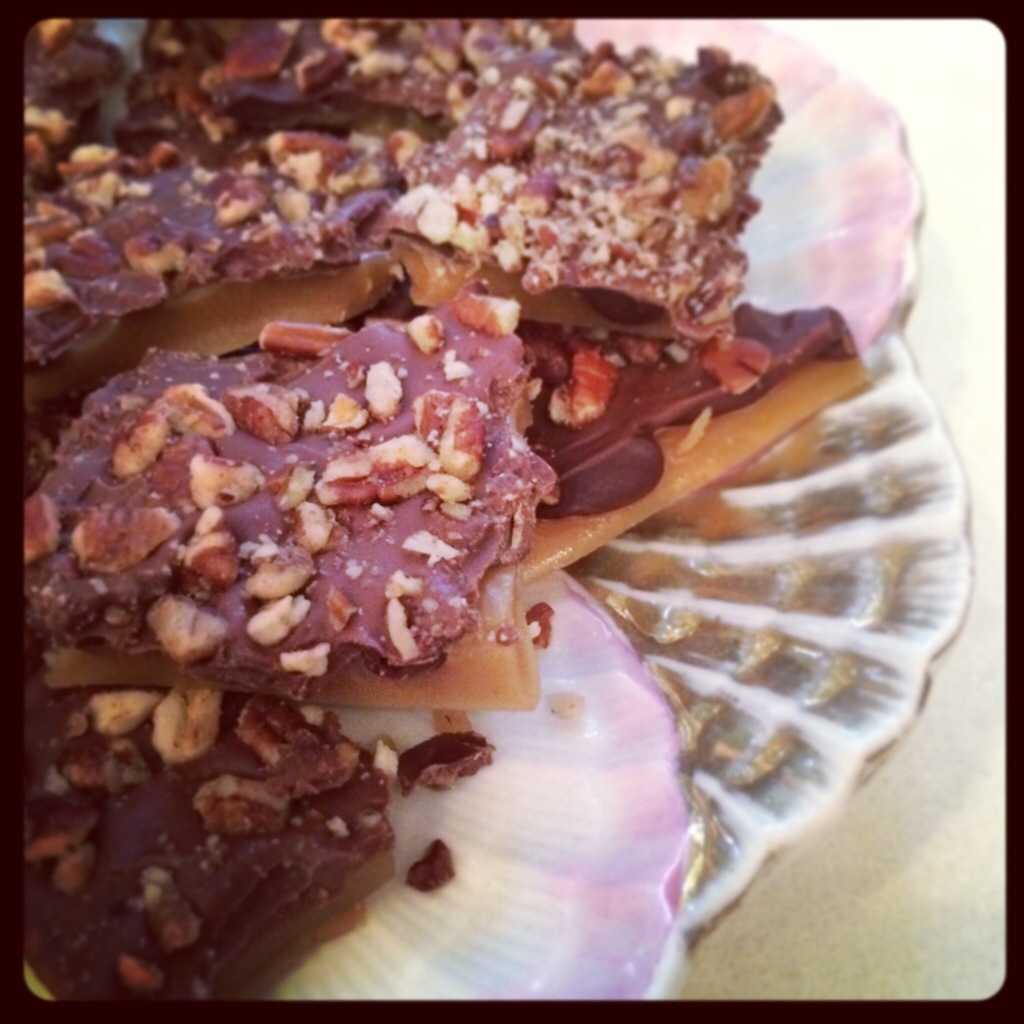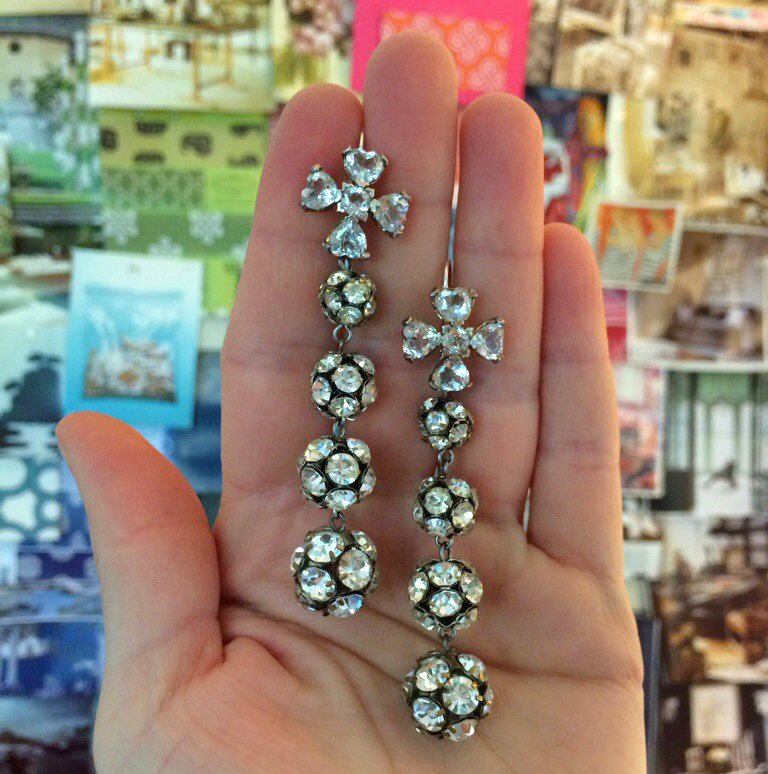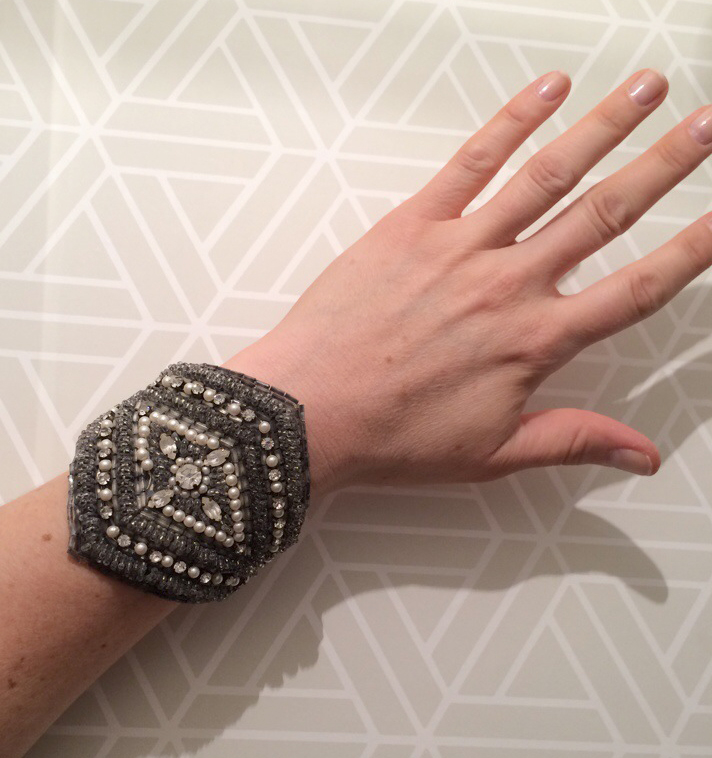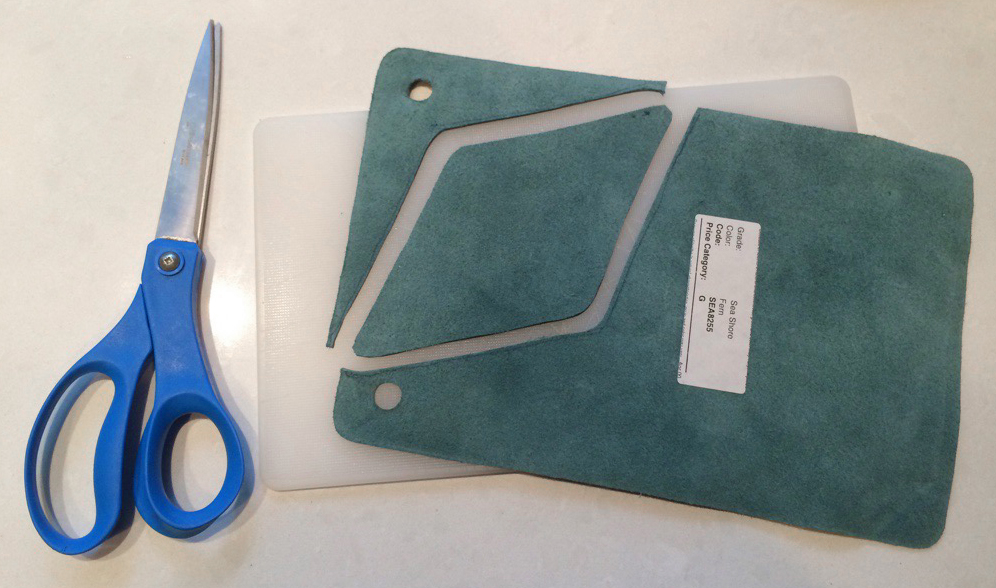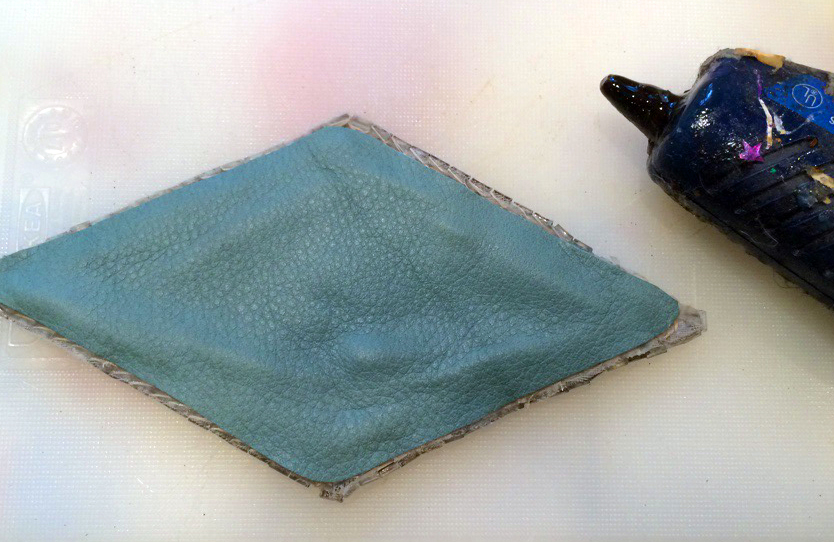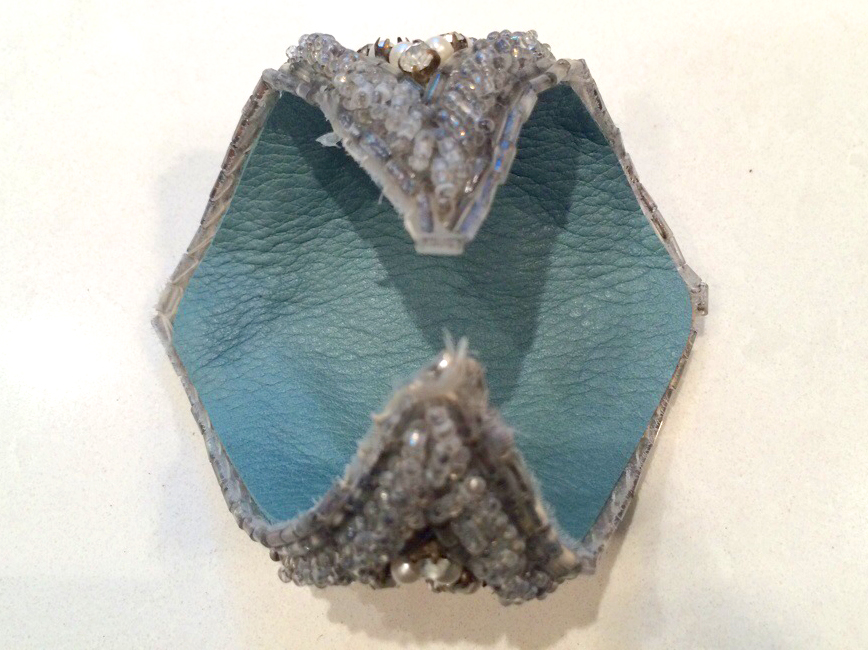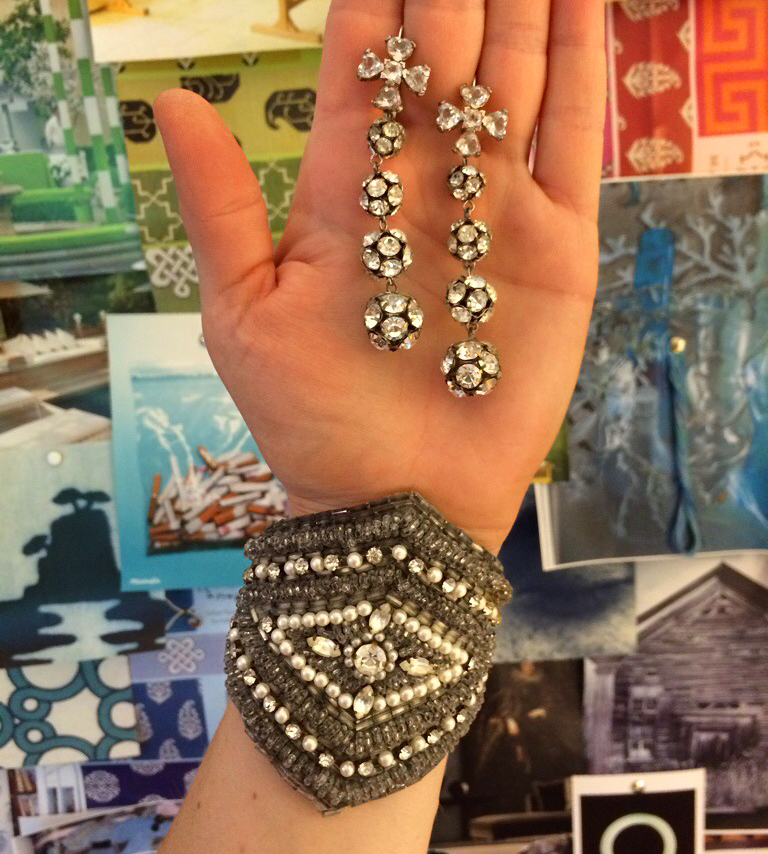I went out to Rockaway Beach last weekend—an area that was devastated by hurricane Sandy of 2012—to hang with surf blogger (NYCurchin.com), sustainable fashion marketer (at Rogan and Loomstate), philanthropist, and sister, Annie McBride.
Annie has been surfing for several years and was accustomed to taking mass transit—surfboard in tow—to the Queens coastline from Williamsburg when Sandy hit town. Due to her appreciation for the beaches and her general philanthropic nature, Annie spent months helping with the recovery effort in Rockaway and quickly fell in love with the culture there. Now a Rockaway resident, this NYC Urchin is in her element.
After a morning of surf and sun, Annie hosted an intimate barbecue with friends and neighbors. I was not nearly bohemian enough for the crowd, but anyone can connect over good summer food. Below are the recipes she embellished for the best Veggie Burgers I have ever had (I am a proud carnivore) and a totally delicious Quinoa Salad.
Pass the poi, mahalo!
Quinoa Summer Salad
(modified from allrecipes.com)
Ingredients
4 cups water
1 cup white quinoa
1 cup red quinoa
1 1/2 large red onions, chopped
1 red bell pepper, chopped
1 yellow bell pepper, chopped
1 teaspoon sea salt
12 grinds black pepper from a grinder
1/4 cup olive oil
2 limes, juiced
2 tablespoons chopped fresh cilantro
Directions
Bring water to a boil in a pot; add white quinoa and red quinoa. Reduce heat, cover, and simmer until water is absorbed, 15 minutes. Set quinoa aside to cool while you complete the remaining steps.
Combine red onions, red bell pepper, yellow bell pepper, sea salt, and black pepper together in a bowl. Stir in white and red quinoa.
Whisk olive oil and lime juice together in a separate bowl; pour over quinoa mixture. Stir to coat. Add cilantro and stir to incorporate. Cover salad and refrigerate for flavors to blend, at least 4 hours.
Lentil Quinoa Burgers
(modified from Women’s Health Magazine)
Ingredients
1/2 cup quinoa
1 can (19 oz) lentils, rinsed
1/2 cup plain bread crumbs
1 egg, lightly beaten
2 gloves garlic, chopped
2 tsp cumin powder
1/3 cup cilantro
Juice of half a lemon
1/2 cup walnut pieces
2 tsp vegetable oil
6 buns
Directions
In a saucepan, combine quinoa and 1 cup water. Bring to a boil and simmer about 10 minutes. Let quinoa cool.
In a bowl, combine half the lentils, bread crumbs, egg, garlic, cumin, cilantro, lemon juice, cooked quinoa, and salt and pepper to taste. Place in a food processor or blender; process until well combined. Add remaining lentils and walnuts; pulse until they’re incorporated. Form into 6 patties.
Preheat grill to medium. Brush burgers with oil and cook for 4 minutes per side. Toast buns for 2 minutes.
SHOULD YOU VENTURE TO ROCKAWAY THIS SUMMER,
HERE ARE A FEW PLACES NOT TO MISS:
Transportation: The NYC Beach Bus provides beer and a ride to Rockaway
Breakwater Surf Co: for board rentals
Rockaway Taco: a classic neighborhood spot for—you guessed it—tacos. Place is popular morning, noon and night.
Whit’s End: for the best pizza you’ll ever have
Playland: Super bohemian-chic motel with bar and outdoor games
Caracas: beach bar with arepas and drinks (arepas are south american corn pancakes)
Veggie Island (may have new name now): for your morning coffee and fresh pressed juices
THIS WEEKEND there is s surf, skate and music festival: Rock Stock and Barrels
And don’t forget to check out the new Moma PS1 Rockaway! show featuring solo projects by Patti Smith, Adrián Villar Rojas, and Janet Cardiff. IT OPENS TODAY, June 29- Sept 1, 2014.

